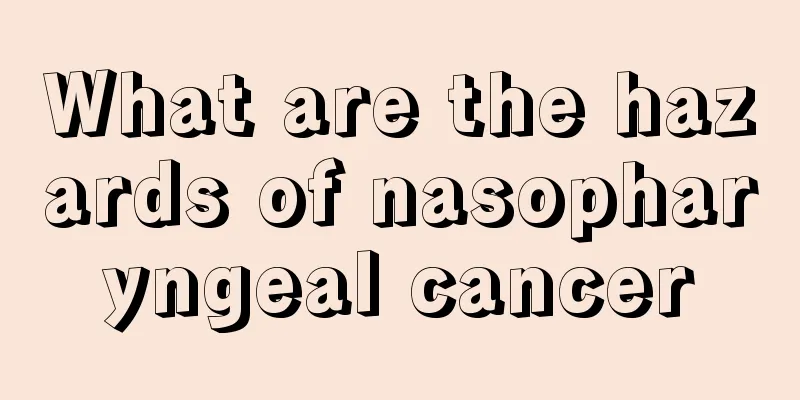What is cor pulmonale

|
When it comes to cor pulmonale, many people may not be particularly clear about it. In fact, cor pulmonale is often called pulmonary heart disease. It is a very common disease in normal times. Cor pulmonale is actually a type of heart disease. It is very harmful to human health and has a great impact on people's daily lives. Cor pulmonale usually occurs in the elderly. Cor pulmonale needs to be treated in time to control the disease in time. What is cor pulmonale? Pulmonary heart disease is a heart disease caused by pulmonary hypertension due to bronchial or pulmonary artery vascular disease. It can be divided into two categories: acute and chronic. The latter is more common in clinical practice. The disease develops slowly. Clinically, in addition to the various symptoms and signs of the original lung and chest diseases, the main signs are the gradual appearance of lung and heart failure and signs of other organ damage. Symptoms of cor pulmonale 1. Cough Cough is the most common symptom of cor pulmonale. When cor pulmonale occurs, inflammatory cells infiltrate the bronchial walls, accompanied by congestion, edema and fibrosis. The number of mucus acini increases significantly, the glands proliferate and hypertrophy, and the amount of mucus secretion increases significantly. Repeated lung infections constantly irritate the bronchial walls, causing a significant increase in sputum volume, leading to frequent coughing in patients with cor pulmonale. 2. Difficulty breathing A common symptom of cor pulmonale is dyspnea, which is also a physical sign. The patient feels a lack of air and has to breathe hard, with changes in breathing rate, depth, and rhythm. As the disease progresses, patients with cor pulmonale experience increasingly more severe breathing difficulties, to the point where they experience breathing difficulties even with slight activity or at rest. 3. Hemoptysis Bleeding caused by lesions of the trachea, bronchus or lung parenchyma, excluding upper respiratory tract bleeding, is called hemoptysis. In my country, the majority of patients with hemoptysis are suffering from pulmonary tuberculosis, followed by lung cancer patients with respiratory system infection. Hemoptysis is uncommon in patients with cor pulmonale, and its incidence is much lower than that of bronchiectasis, lung cancer, and pulmonary tuberculosis. Hemoptysis is relatively rare in patients with cor pulmonale. Once hemoptysis occurs, you should go to the hospital emergency department immediately for treatment, quickly determine the cause of hemoptysis, and take appropriate measures to treat it. If cor pulmonale really causes severe hemoptysis, the fundamental treatment is to lower pulmonary artery pressure. 4. Chest pain The chest pain caused by cor pulmonale may be related to inflammation affecting the parietal pleura or right ventricular ischemia. The patient often feels a dull pain and a sense of urgency under the sternum after coughing or exercising. This chest pain is often difficult to distinguish from the pain of cardiac ischemia. |
<<: What is the normal amount of urine in one time
>>: Is it serious if urine turns orange?
Recommend
What to do if you choke while eating after laryngeal cancer surgery
Patients with laryngeal cancer will experience so...
Will tuberculosis cause a high fever?
Tuberculosis is a chronic disease. There are many...
Beware of the eight dangers of constipation!
The causes of constipation are complex, but the h...
What are the causes of cracked lips?
There are many reasons for chapped lips. The main...
How to wash ginseng cleanly
Since ginseng has many whiskers and grows in the ...
What are the prevention methods for skin cancer
Everyone may be injured due to accidents, and wou...
What are the advantages of laser treatment of leukoplakia
Laser treatment of white spots is now a relativel...
The difference between naked oats and oats
Many people know about oats, but they don’t know ...
How to prevent chronic hepatitis from developing into liver cancer? All the knowledge you need to know to prevent liver cancer
Viral hepatitis has long been a major disease aff...
How to do eye exercises
Nowadays, more and more people are living in fron...
What to do if the flesh on both sides of the teeth is swollen and painful
Swelling and pain on both sides of the teeth is u...
What foods are good for esophageal cancer patients? Dietary principles for esophageal cancer patients
Esophageal cancer is also known as esophageal can...
Training methods and techniques for chest resonance
Many people may not understand the concept of &qu...
What harm do magnets do to the human body
In reality, many products are widely used around ...
What are the methods for diagnosing rectal cancer
What are the main methods for diagnosing rectal c...









